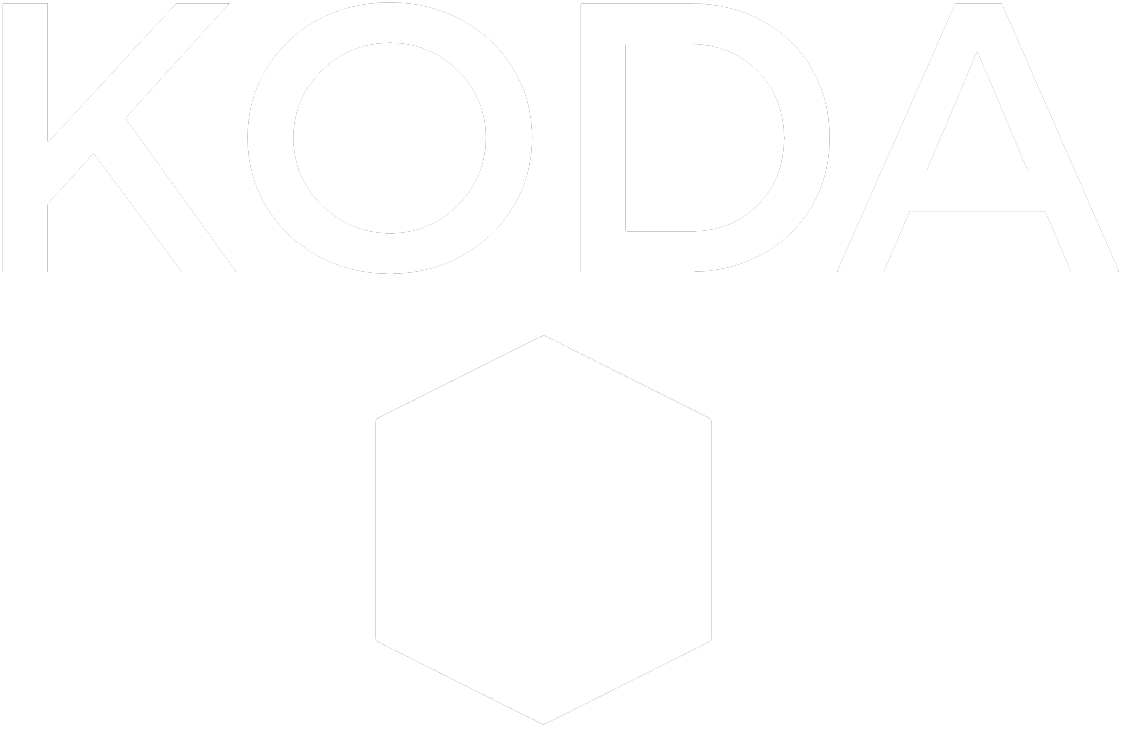AutoAsbuilt
Those readers who have been keeping up with KODA News, and also through LinkedIn, might have noticed a screen shot taken when KODA was in New York. Whether you did or not doesn’t matter – here’s the full story.
If you looked closely at the screen you might have noticed some additional colored lines around and inside the profile. What’s being show here is the release version of KODA’s AutoAsbuilt (AA) feature. AA is the main beneficiary of all the work we've been doing with Graham Scans and convex hulls. The routine logs, in real-time, all progress of the roadheader as it is excavating.
Imagine each of these profile shapes as a vertical contour of the mined tunnel. The geometric/mechanical properties of the roadheader cause the excavation to be a sphere/oblate spheroid, giving us the cool shapes you see in the above.
One challenge is what to do with all that data i.e. how to make good use of it. We’ve done some significant work so far in simplifying, coloring, summarizing and slicing the data to make it more manageable and meaningful. Really zoning in on the important information is crucial.
More than a pretty face...
So what are we doing with the AA module? A few things actually!
The first thing we were sure to implement was the representation of all this data to surveyors and engineers. Profile data is logged and is exported to text files ready to be read straight into your favorite tunnel asbuilt software. Whether or not AA replaces traditional excavation asbuilts is on-going work – but we’re confident it can. For now, AA’s easiest implementation might be to fill in the gaps in traditional asbuilting regimes. Once proven though, the AA offers a very, very compelling benefit to projects.
Secondly, now that we have a cross sectional areas being generated in real-time we can start to log the growth of cross-sectional areas, then make a volume, and then suddenly you’re able to track cubic metres cut per hour, per shift, per day. AA offers a compelling benefit to engineers, managers and shift-bosses who want to learn more about the work being done on their project. Who is maximizing productivity, and what can everybody learn from their approach? What impact are ground conditions having on productivity? What about a profile size independent assessment of productivity - cubic metres, rather than linear metres?
Visualization for Operators
There are a great number of different ways of interpreting the data. Depending on personal preferences, and the task you’re completing, you can easily change the way the AA data looks – cross sections, long sections, flattened, or isometric are easily achieved. The operator can choose to show or not show the AA lines, and in future implementations they’ll be able to choose different variations of the interface to suit their preferences.
An additional benefit of this system is that the operator has a trace of their progress – a more precise ‘memory’ of work done. This is especially useful when the face gets dusted out. They can control more closely the swathe cutting height. Working in a world with less ambiguity enhances productivity, quality and accountability.
KODA would love to hear back about your ideas for where all this could go. We’re ready to make it happen for you. With that in mind don’t forget about the industry survey we put together a few months ago. You can find it here. We’d love to hear what you have to say.
Please like, share, follow and we look forward to comments.
Until next time, KODA

